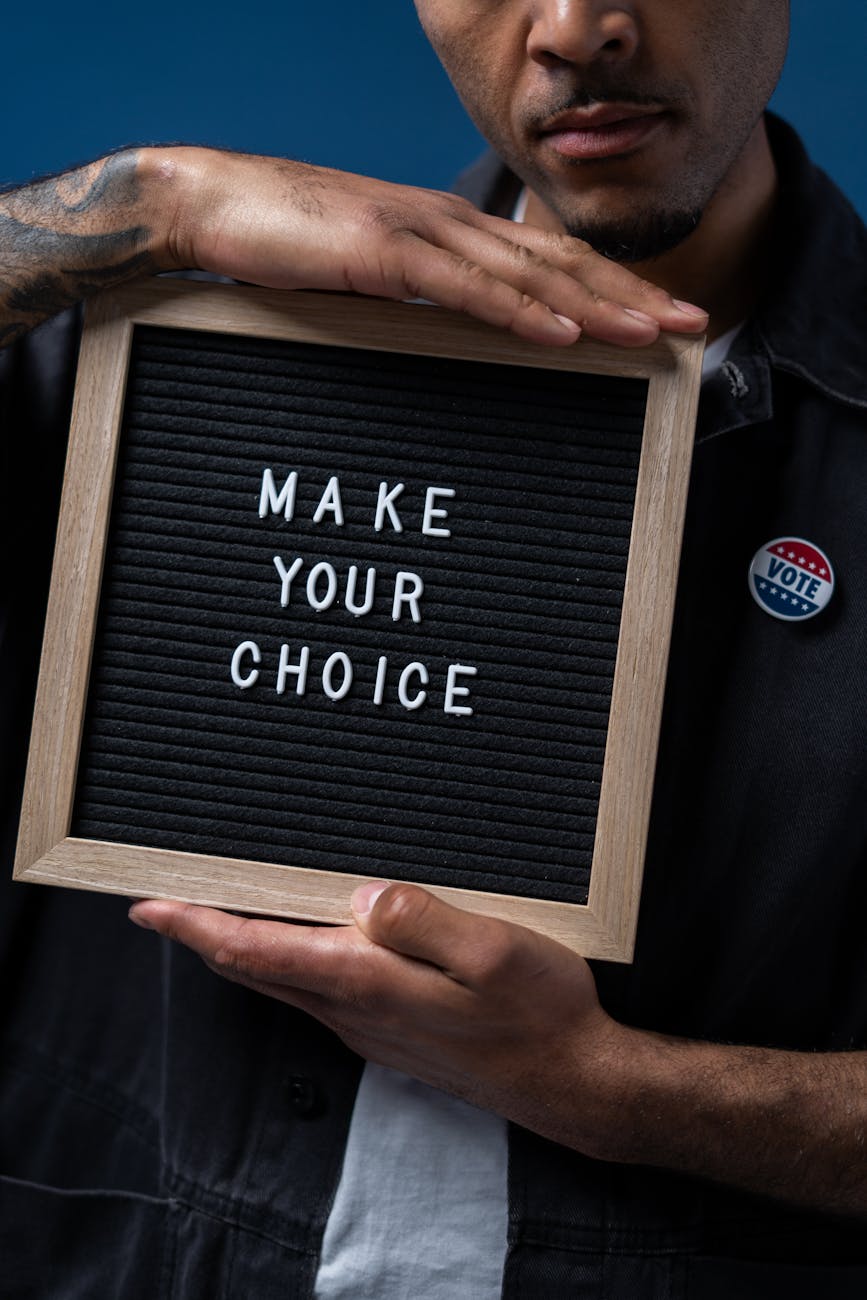Political strategists suggest six states may determine the 2024 presidential election:

The titanic Biden-Trump election likely will be decided by roughly 6% of voters in just six states, top strategists in both parties tell us.
- Each side will spend billions to reach those voters over the next six months…
In which states?
Zoom in: Both campaigns are obsessed with six states — Arizona, Georgia, Michigan, Nevada, Pennsylvania and Wisconsin.
And which voters within these six states?
We perked up our ears when we heard a Biden insider use the “6% of six states” formulation as a proxy for how narrow a group of voters are considered truly in play — swing voters in swing states.
- Republicans are making a similar calculation. A Trump insider told us that persuadable voters are below 10% in every battleground: “I think it’s probably 6% in Wisconsin but 8% in Michigan, and lower in Arizona.”
Given the way recent elections have gone regarding the importance of suburban voters, would a big proportion of those 6% live in suburbs? If so, these suburban voters can expect many appeals to come their direction from a variety of methods. Targeted ads online, TV and radio ads, mailers, campaign events, local gatherings, and door to door appeals. Lots of conversation about these voters and what they are thinking. Many media stories about them.
Does the average suburban voter in this 6% like that their vote matters or tire of lots of political attention?









